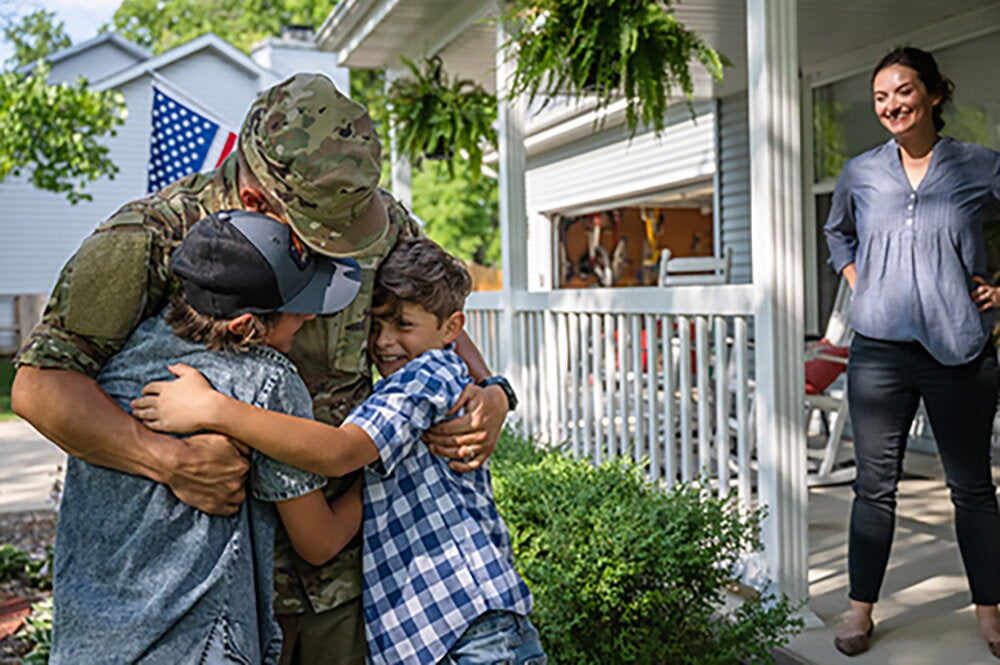

Between planning, producing, and buying advertising, most public health campaigns run out of cash long before organizers can evaluate whether they made a difference.
One University of Illinois professor, however, studied the results of a nationwide child obesity campaign, and the findings were sweeter than candy: Kids are listening.
Marian Huhman, a professor of communication, led a study concluding that “social marketing”—that is, marketing meant to affect social behavior—effectively convinced kids over a four-year period to be more physically active.
“Behavioral change is really hard,” Huhman said, “so getting behavioral effects among a large population is a big deal.”
The VERB campaign (not an acronym) was conducted by the Centers for Disease Control and Prevention (CDC) from 2002 to 2006. The messages focused on the fun and friendship associated with physical activity, says Huhman, who was part of the CDC team that developed the program and oversaw the evaluation. The campaign did not tell kids what they should do, it didn’t preach the dangers of obesity, and it didn’t even use the word exercise.
“We were just trying to get them to go outside and pick up a jump rope or play hopscotch or ride their bikes or run around in circles,” says Huhman, a former nurse. With extensive Congressional funding, VERB used commercial marketing techniques, hired actors, and bought summer air time.
It was popular from the start—phone surveys showed 67 percent awareness among “tweens” (ages 9 to 13) by the time the campaign was a year old. Those numbers grew throughout the campaign, and Huhman, who joined the University of Illinois in January 2009, now has students in her college classes who still remember the campaign.
But was it effective? Thanks to $339 million in funding, researchers were able to conduct the national phone surveys necessary to find out. Nationally representative cohorts of children ages 9 to 13 were interviewed the first time in 2002, and then again in successive years. A second cohort was added for interviews in 2004, and a third was added in 2006.
“We found that the more tweens saw the advertising, the more physically active they were,” Huhman says.
Specifically, one finding was a “dose-response” effect showing that physical activity showed a significant positive association with campaign exposure. Those children with no campaign exposure reported two sessions of free-time physical activity in the week before their phone interview; those who reported seeing VERB advertising every day reported almost five sessions.
What’s more, the more they saw the campaign, the more likely they were to believe in the benefits of being physically active.
“Throw your kids outside,” says Huhman. “If you put them outside, or if you put them in kind of a free environment, they will start running around and having spontaneous bursts of activity—they’re kind of wired to do that.”


